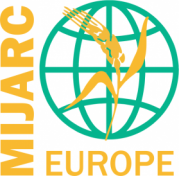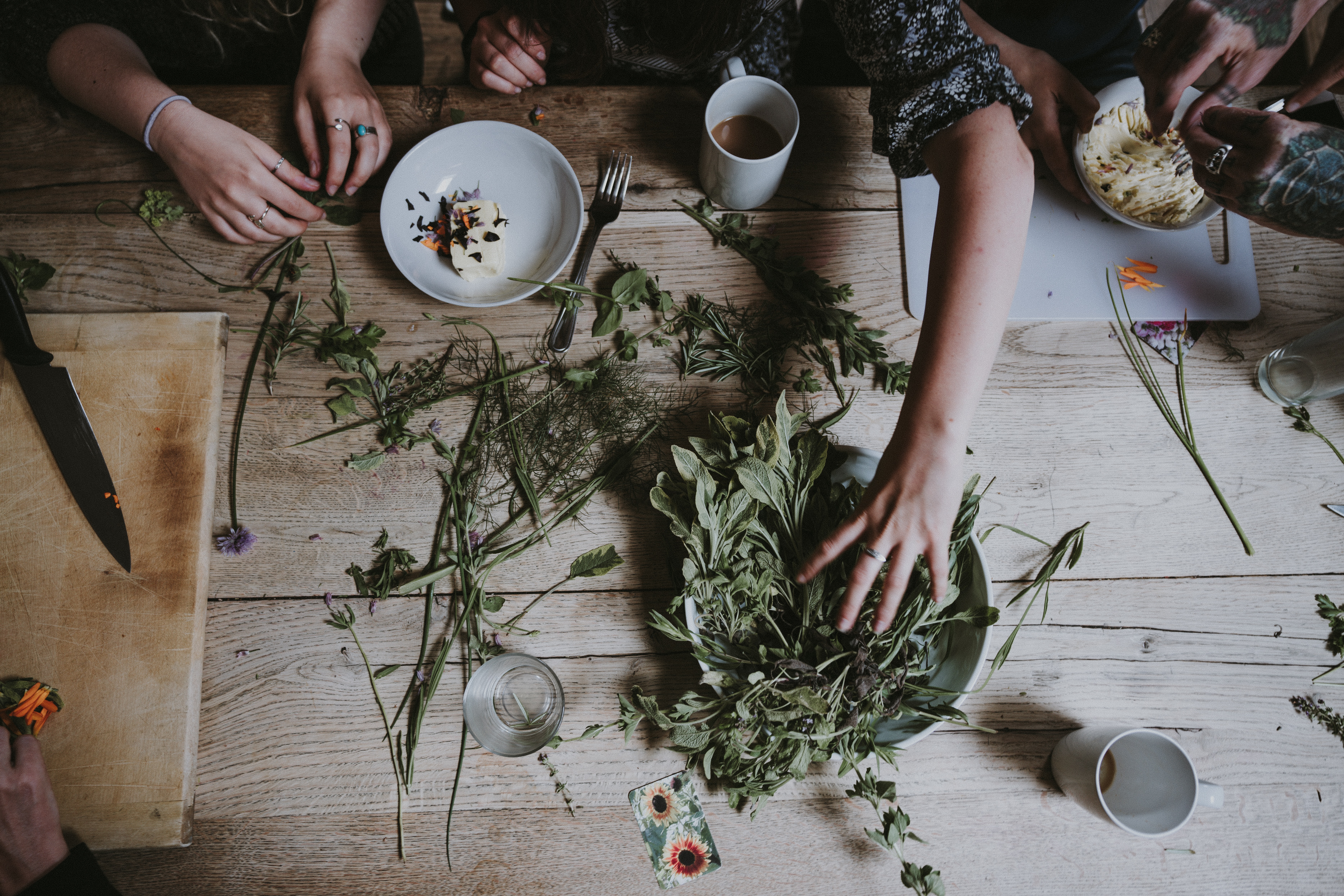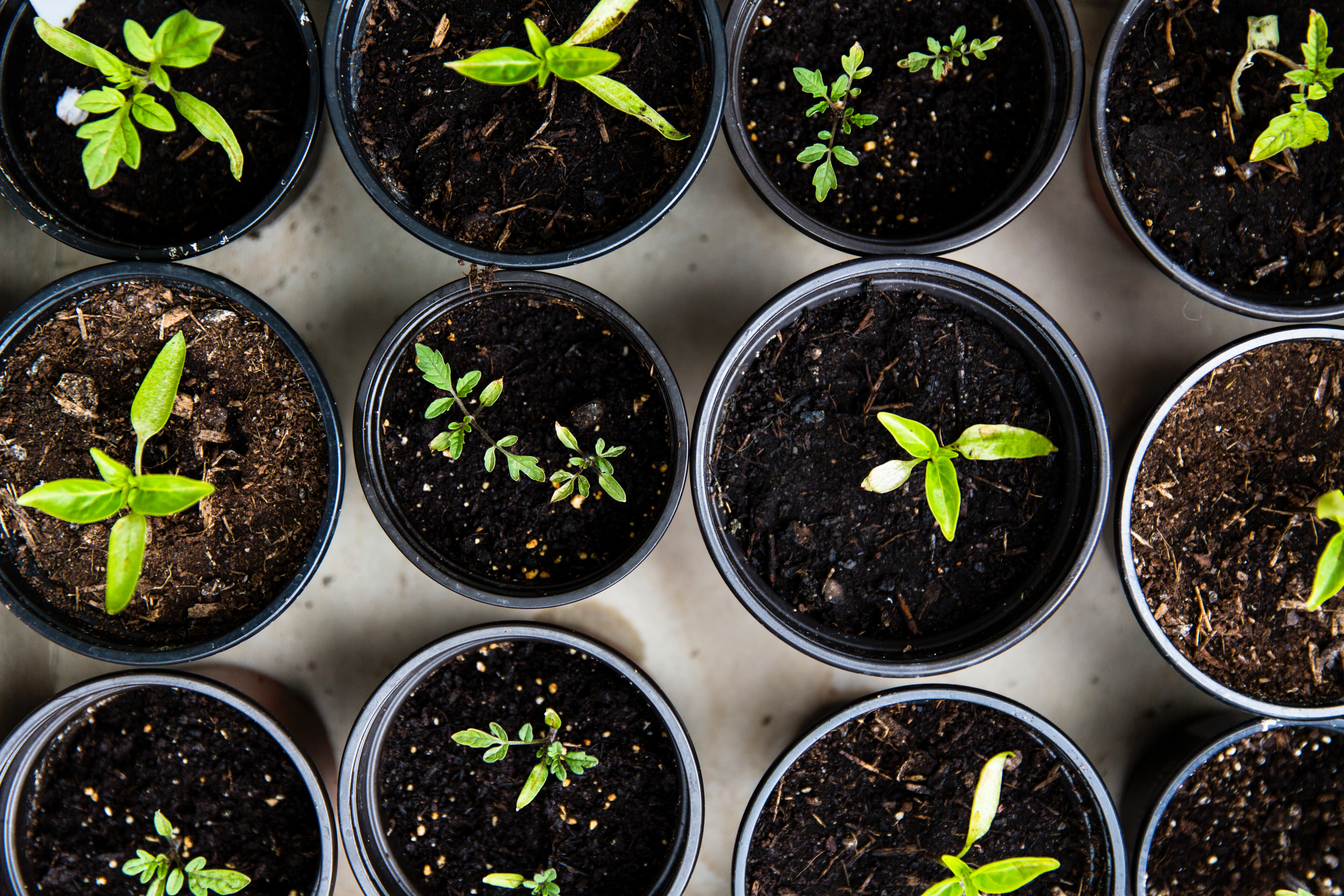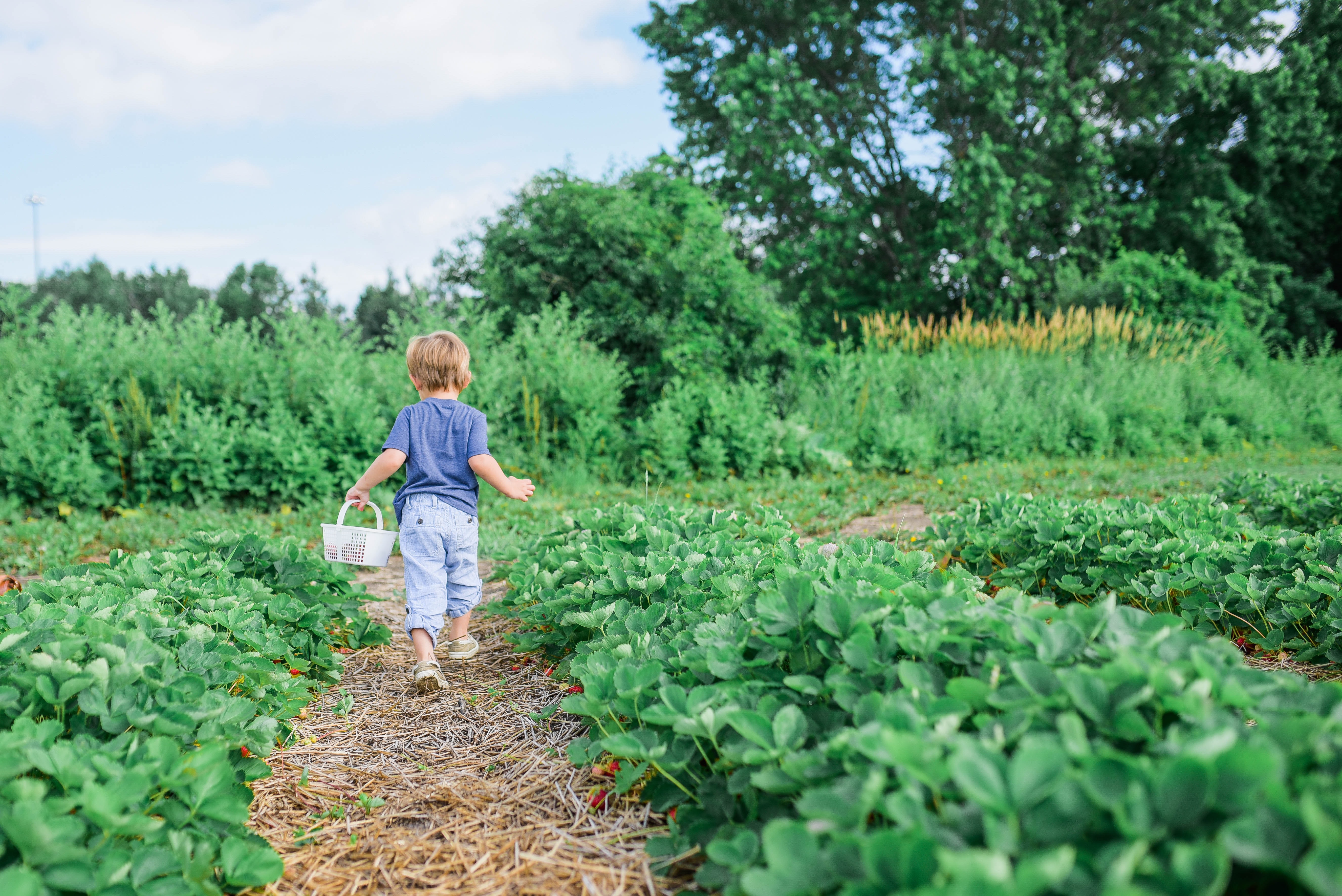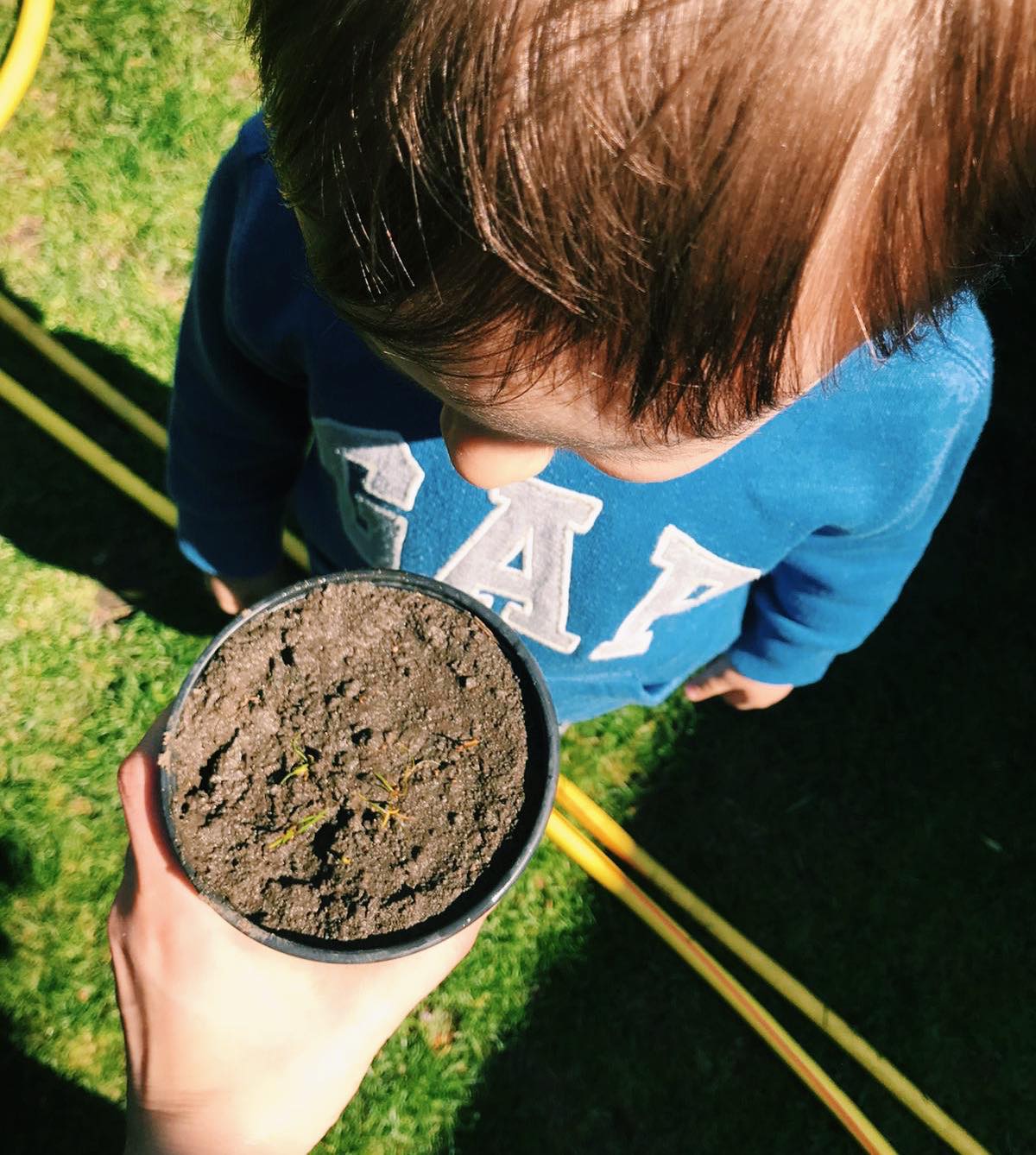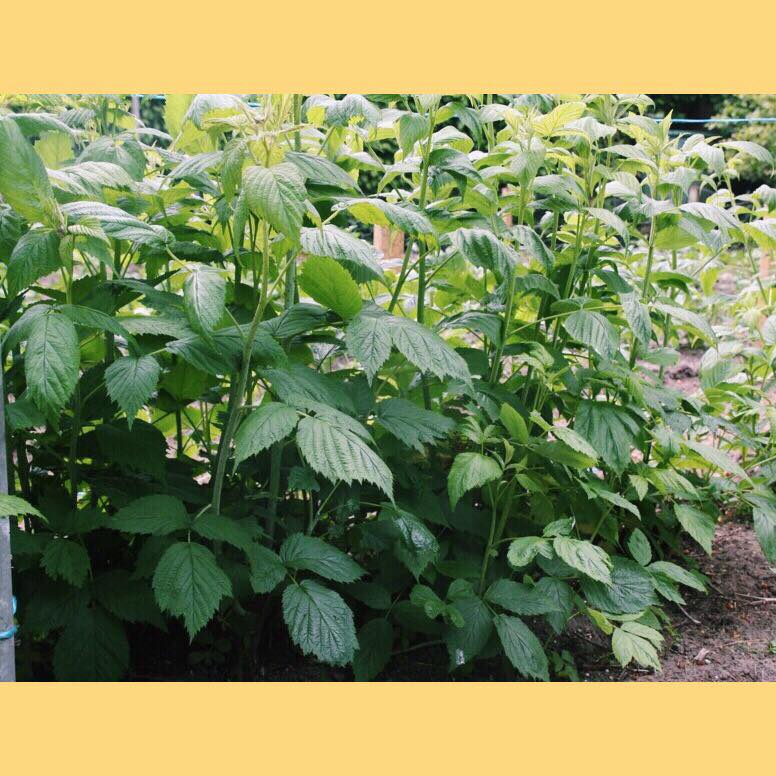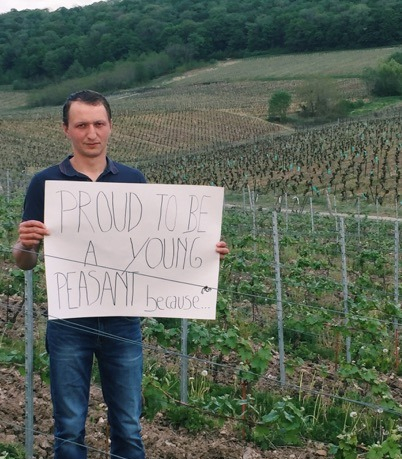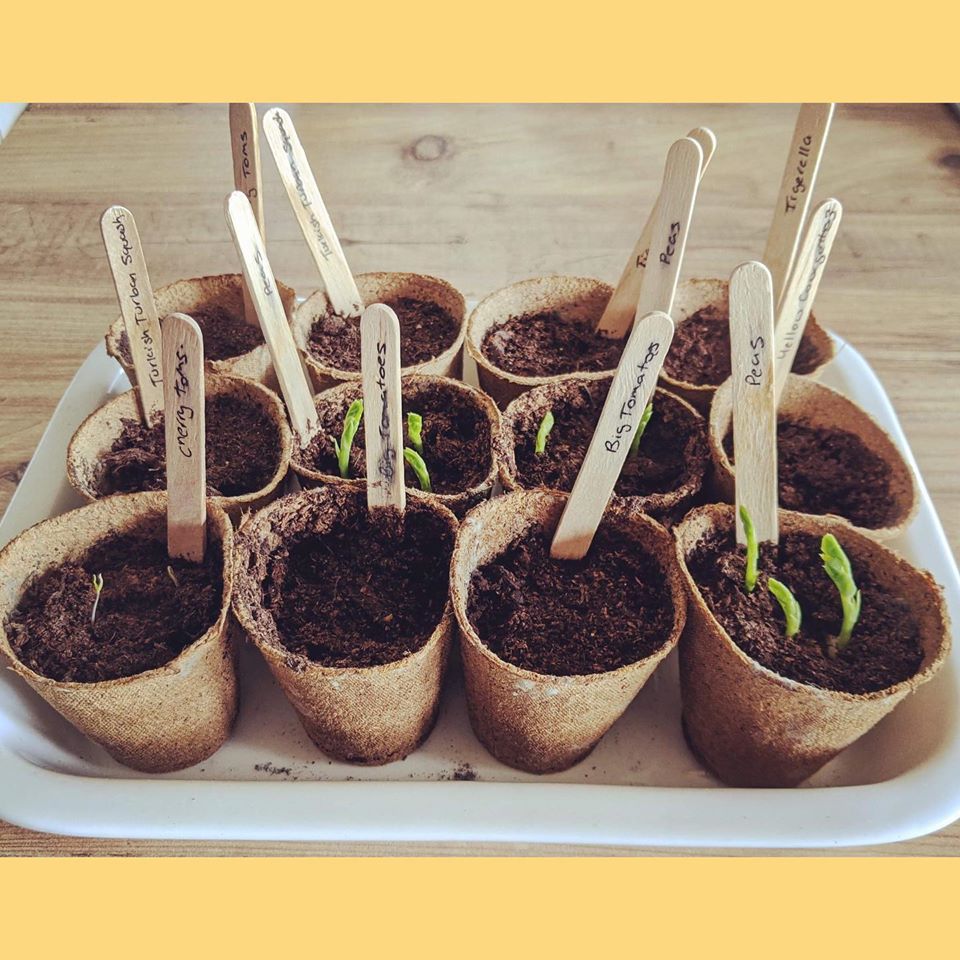For those of us who have tried to plant vegetables in our gardens, it is clear that what at first seems easy often turns out to be an arduous task. In just a few days, the young fresh vegetables you’ve planted are infested with many species of insects, pests and birds.
How does this work for those whose job it is? Let’s compare what happens in the fields and in greenhouses.
Field farming
Field cultivation is the traditional method of farming. To be successful, the soil must be rich in nutrients, free of disease, have a balanced pH and be of good composition. Environmental risk management is paramount to achieve the highest probability of success. Generous applications of pesticides, insecticides, fungicides and herbicides are often necessary to keep plants alive. We often hesitate to buy pesticides for our garden because we know the impact they can have on our health and the environment, but we don’t necessarily think about it when we buy vegetables at the market or order a salad from a restaurant.
Greenhouses
Greenhouses allow you to control the environment in which your crops grow. Not only do they protect against insects and birds, but they also allow you to better control temperature, humidity, irrigation and light. You can create the right conditions for your plants to thrive, without using harmful pesticides, to ensure the sanitary quality of your vegetables. If you are considering becoming a commercial grower, by using a greenhouse, you can actually predict the expected yield and analyze the variables of plant growth.
And of course, growing fruits and vegetables in a greenhouse doesn’t mean that your garden should look like the Almeria desert with its endless landscapes of plastic greenhouses. No! You can create a small greenhouse and make your tarpaulin from polyethylene obtained from sugar cane crops.
